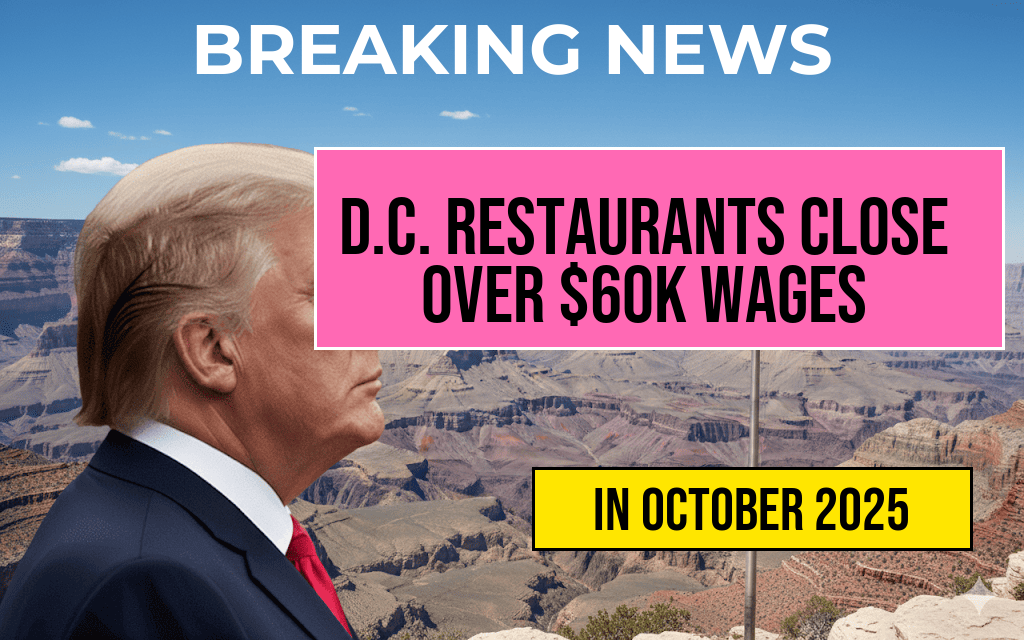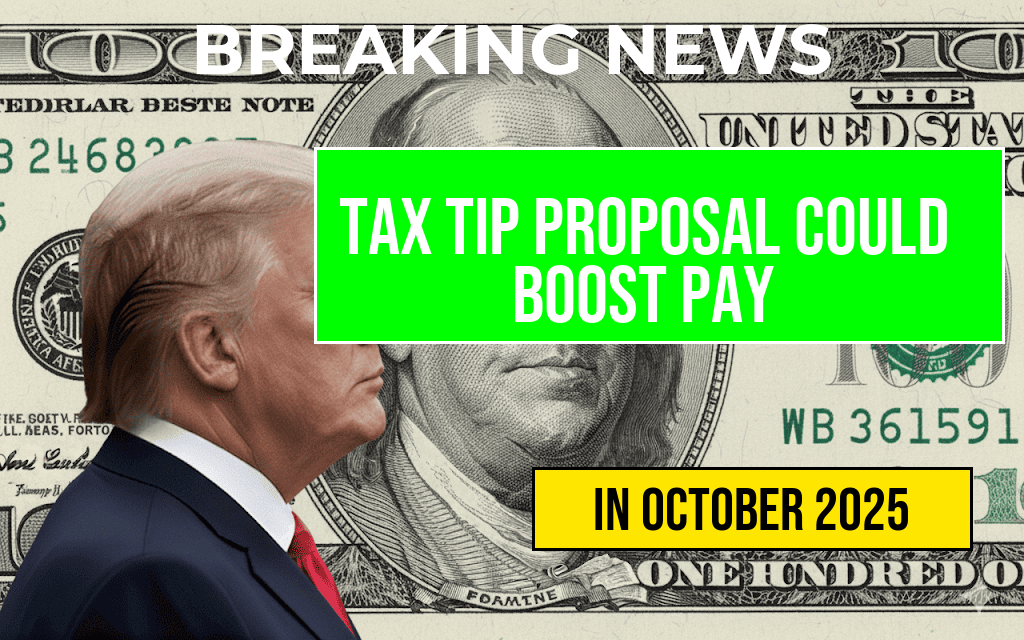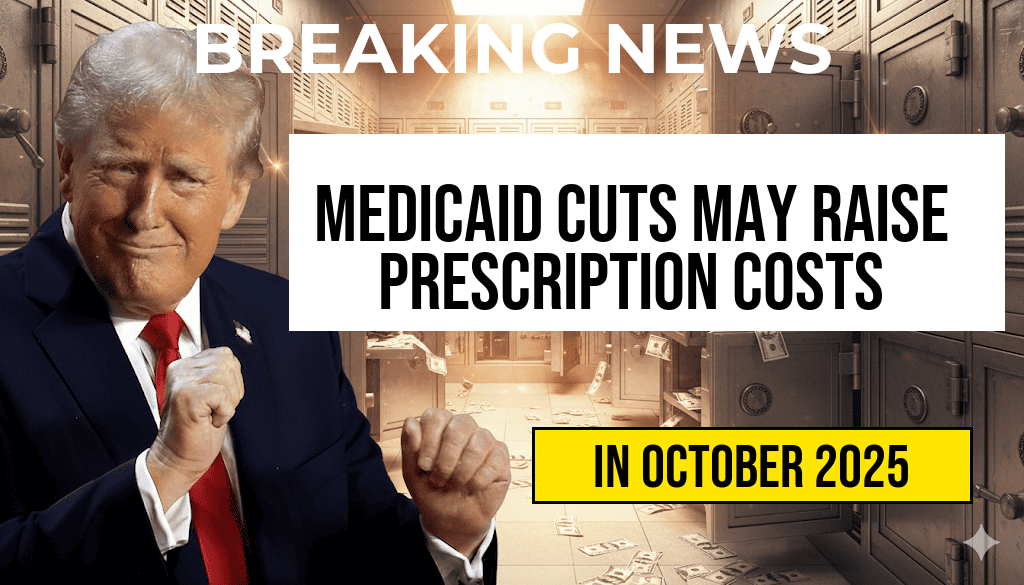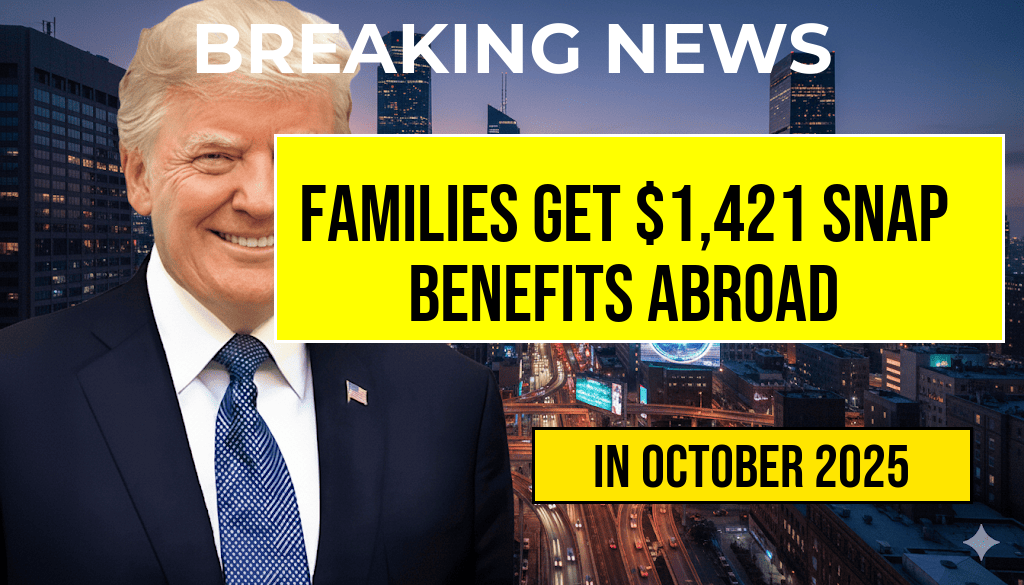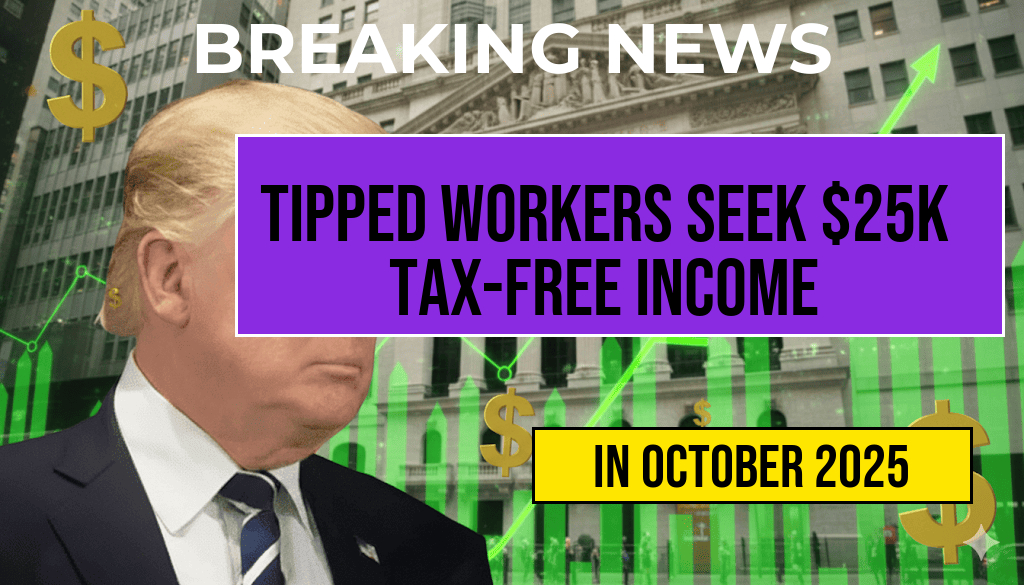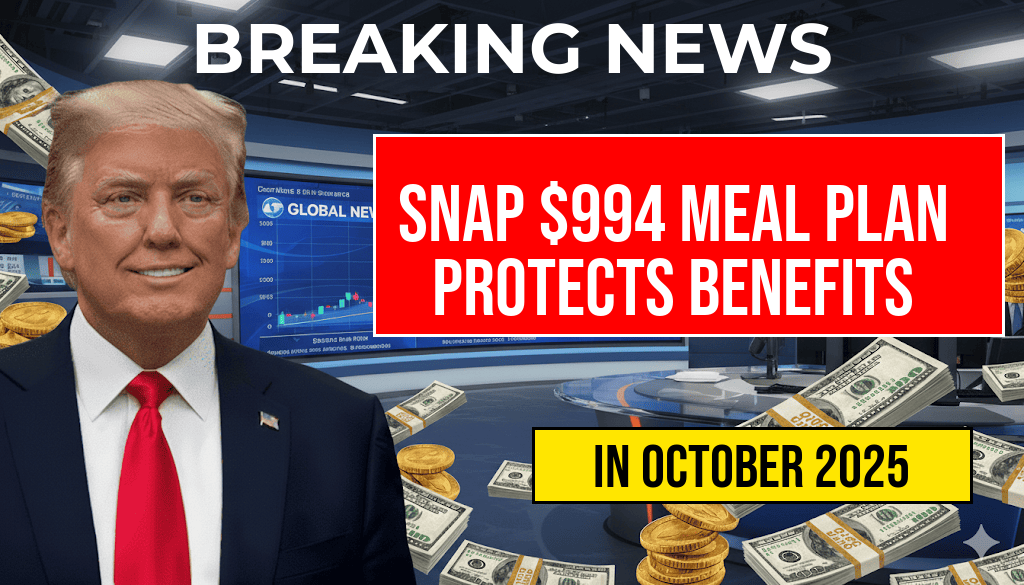Medicaid Budget Cuts Could Increase Prescription Costs by Hundreds of Dollars
A recent report by The Washington Post reveals that potential Medicaid budget reductions totaling nearly $1 trillion could significantly impact millions of Americans relying on affordable prescription medications. If enacted, these cuts threaten to eliminate or restrict coverage for essential drugs, potentially leading to a steep rise in out-of-pocket expenses—particularly for common prescriptions like $300 medications. Advocates warn that such reductions could undermine access to critical healthcare, disproportionately affecting low-income and vulnerable populations.
The proposed reductions emerge amid broader discussions on federal spending and efforts to curb national debt. However, experts warn that slashing Medicaid funding on this scale risks creating a public health crisis, with increased hospitalizations and untreated conditions. While policymakers argue that these cuts are necessary for fiscal responsibility, healthcare advocates emphasize that the long-term costs of reduced medication access could far outweigh immediate budget savings.
Understanding the Scope of the Proposed Cuts
The plan under consideration involves trimming Medicaid expenditures by approximately $1 trillion over the next decade. This would be achieved through a combination of reduced federal matching funds, stricter eligibility criteria, and limitations on covered services. Such measures could result in millions losing coverage or facing higher copayments for their prescriptions.
According to internal estimates, these changes could impact:
- Low-income seniors who rely on Medicaid for medications managing chronic conditions like diabetes and hypertension
- People with disabilities with limited income and complex medication needs
- Children and families enrolled in Medicaid expansion programs
The American Pharmacists Association warns that even modest increases in medication costs can lead to medication non-adherence, worsening health outcomes. The threat of higher prescription prices—sometimes jumping from $300 to significantly more—raises concerns about patients skipping doses or delaying care.
Impact on Prescription Drug Prices
Prescription medications, especially branded drugs, often carry high price tags. For many Americans, Medicaid acts as a crucial safety net, covering medication costs that would otherwise be unaffordable. A reduction in Medicaid coverage could force patients to pay more out of pocket or forgo medications entirely.
A recent analysis indicates that for drugs costing around $300, patients could face increased expenses ranging from 20% to 50%. This rise would be particularly burdensome for individuals with multiple prescriptions or chronic illnesses requiring ongoing treatment.
| Medication Cost | Current Medicaid Coverage | Potential Cost Post-Cuts | Estimated Increase |
|---|---|---|---|
| $300 | Fully Covered / Low Copay | Higher Copayment or Out-of-Pocket | Up to $150 more |
| $500 | Partially Covered | Significant Out-of-Pocket Expense | Potential $250 increase |
Experts warn that these increases could lead to medication non-adherence, which, according to the CDC, causes thousands of preventable hospitalizations and deaths annually.
Policy Perspectives and Public Response
Supporters of the proposed cuts argue that reducing Medicaid spending is essential for addressing the nation’s fiscal challenges. They suggest that tighter eligibility and coverage limits could help contain federal deficits and redirect resources toward other priorities like infrastructure and education.
However, opposition voices, including healthcare providers and patient advocacy groups, emphasize the human cost. “Access to affordable medication is a cornerstone of public health,” said Dr. Lisa Martinez, a healthcare policy analyst. “Roughly 70% of Medicaid beneficiaries are managing chronic conditions; removing or restricting coverage will only worsen health disparities.”
Public opinion appears divided, with recent polls indicating that a significant majority of Americans prioritize healthcare access over budget concerns. The Congressional Budget Office (CBO) estimates that significant Medicaid cuts could increase uninsured rates by millions, leading to higher emergency care costs and longer-term financial burdens on the healthcare system.
Potential Alternatives and Safeguards
Several industry and advocacy organizations suggest alternative approaches to managing Medicaid costs without compromising patient access:
- Implementing value-based pricing for high-cost drugs to ensure affordability
- Expanding generic and biosimilar drug use to lower medication prices
- Strengthening state-level Medicaid programs with targeted reforms rather than sweeping cuts
Additionally, some policymakers advocate for safeguarding vulnerable groups by maintaining coverage for essential medications, especially for chronic disease management and life-saving treatments.
Looking Ahead
As the debate unfolds, healthcare providers, patient advocates, and policymakers continue to grapple with balancing fiscal responsibility and public health needs. While budget reductions are a common part of economic policymaking, the implications of a potential $1 trillion Medicaid cut underscore the importance of careful consideration.
For many Americans, the prospect of higher prescription costs represents more than just a financial concern—it threatens access to life-sustaining medications and overall well-being. As discussions progress, the focus remains on finding sustainable solutions that protect vulnerable populations without jeopardizing the integrity of the healthcare system.
For further context on Medicaid and its role in American healthcare, visit Wikipedia’s Medicaid page. To explore the broader implications of healthcare policy decisions, see Forbes Healthcare Section.
Frequently Asked Questions
What is the main concern raised by the Washington Post regarding Medicaid cuts?
The Washington Post reports that a proposed $1 Trillion Medicaid cut could significantly impact healthcare affordability, potentially making $300 prescriptions more expensive for many Americans.
How might the Medicaid cuts affect prescription drug prices?
The proposed reductions could lead to decreased coverage and access, resulting in increased out-of-pocket costs for patients, particularly for expensive medications like $300 prescriptions.
Who would be most affected by the proposed Medicaid reductions?
Low-income individuals and those relying heavily on Medicaid for prescription medications are likely to face the greatest financial burden due to these $1 Trillion cuts.
What are the potential implications for healthcare access if the Medicaid cuts are implemented?
The cuts could lead to reduced healthcare access, longer wait times, and fewer covered services, thereby worsening health outcomes for vulnerable populations dependent on Medicaid.
Are there any proposed solutions or alternatives to prevent the impact of these Medicaid cuts?
Policy experts suggest exploring alternative funding sources and protecting essential healthcare programs to avoid significant increases in medication costs and maintain access for Medicaid beneficiaries.

